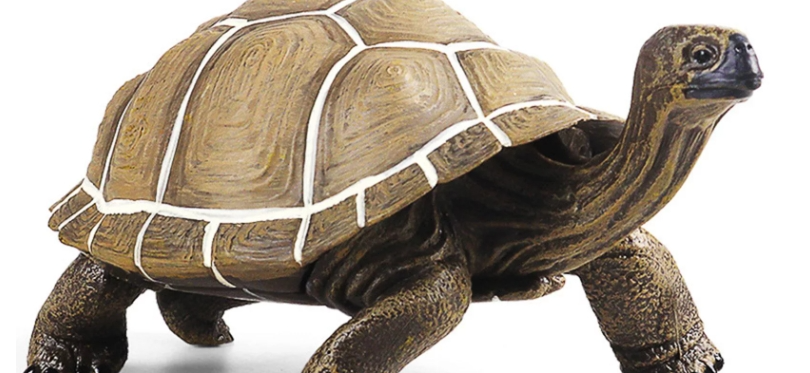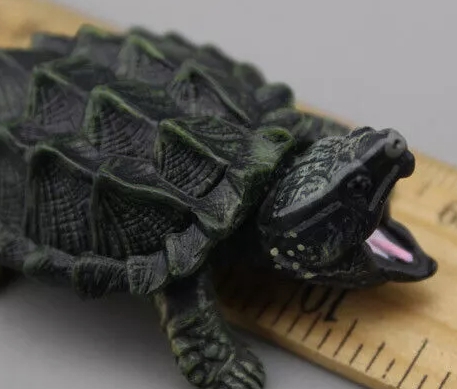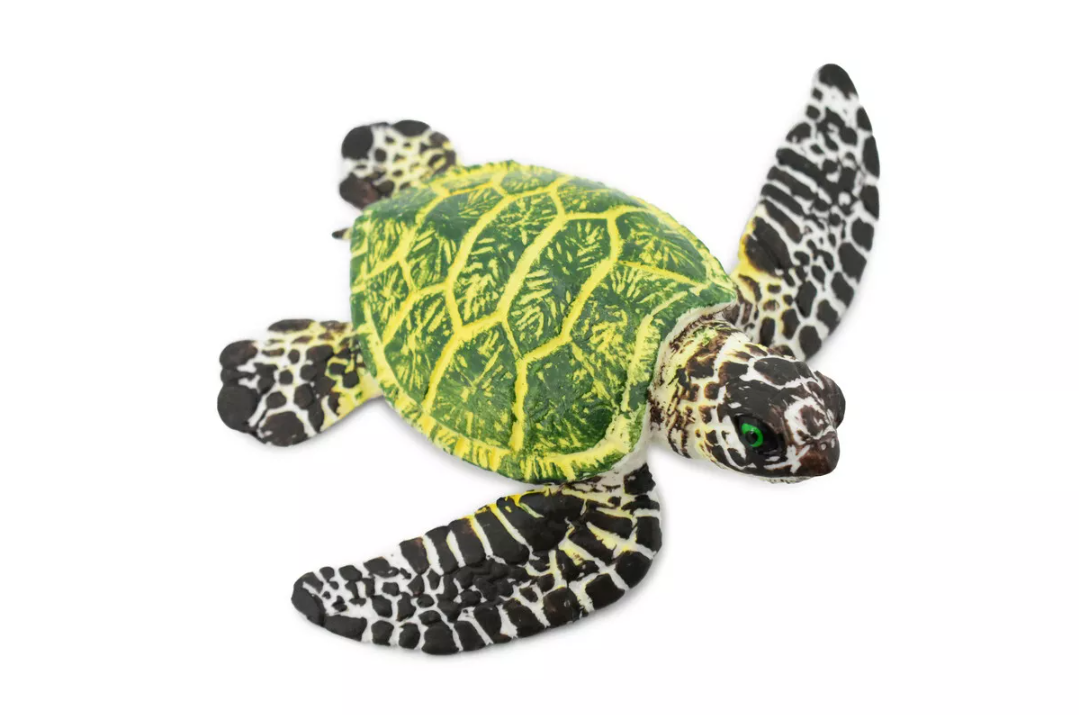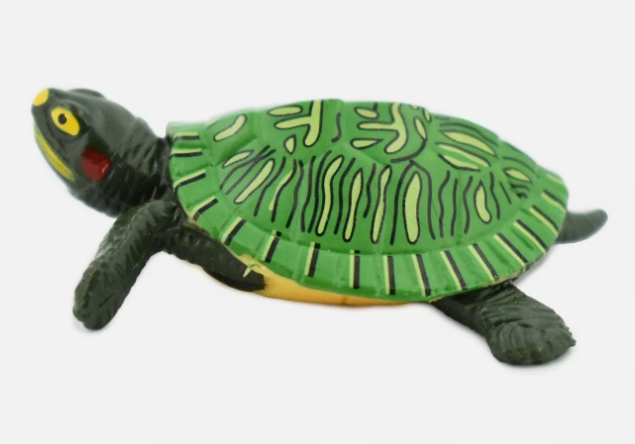Turtle is a patient and long-lived creature in nature. Its unique physiological characteristics and ecological habits make it an important object in the field of biological education and scientific research. Through accurate scale and detailed structural depiction, the turtle model not only helps students intuitively understand the anatomy and ecological environment of the turtle, but also stimulates their interest in biodiversity.
In education, turtle models can be used in biology courses to allow students to observe external features such as the construction of the shell, the function of the limbs, etc. Through modeling, students are able to better understand the adaptability and ecological role of tortoises, promoting an understanding of ecological balance. In addition, experiments and discussions combined with the model have a positive impact on students' active learning and teamwork ability.
In the field of scientific research, the turtle model is also used in behavioral and ecological studies. Researchers can use these models to explore turtle habits, reproductive behavior, and their importance in the ecosystem. These studies not only deepen the understanding of turtle biology, but also provide scientific basis for the protection and restoration of its habitat.
In short, the turtle model plays an important role in education and research, and is a valuable tool for exploring the mysteries of nature.




